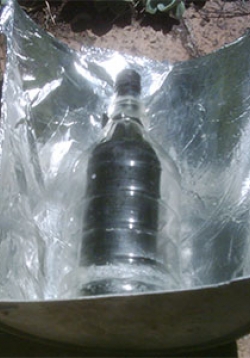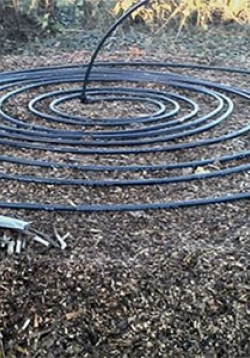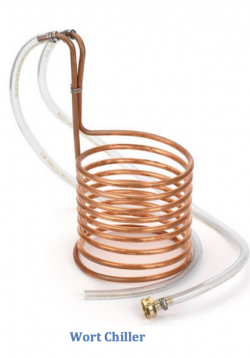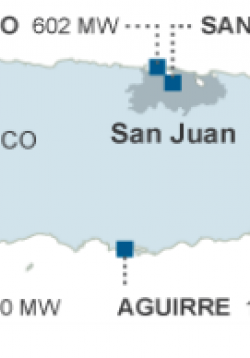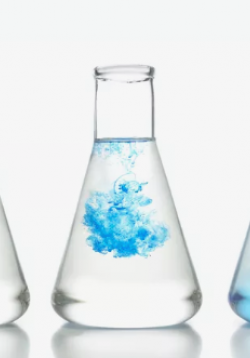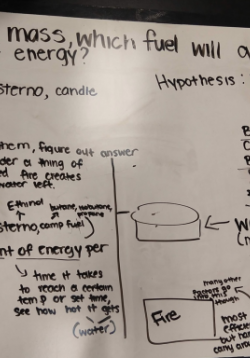Passive Solar Water Heating
Students retrofit milk jugs to absorb and retain the most solar energy. This process involves students collecting data that measures the impacts of different variables on the solar energy absorbed by each collection device. Students should be able to see...
Compost Bioreactor Design
Solar energy is available when the sun shines but energy can be supplemented at night by the release of energy during the composting of organic waste. In this activity, we will experiment with the feasibility of harnessing thermal energy to heat water with...
Bioreactor Water Circulation System
Solar energy is available when the sun shines but energy can be supplemented at night by the decomposition energy in a bioreactor. In this activity we will experiment with the feasibility of using heated water in a bioreactor to circulate it through a...
Unit Plan - Chemical Differences in Emergency Energy Sources
Students develop atomic and molecular models of energy resources, analyze combustion of various fuels and build circuits with Photovolatic (PV) modules to evaluate and suggest revisions to a disaster preparedness supply list. They then research and...
When the Grid Goes Down and Stays Down
Through an examination of media published in the five months following Hurricane Maria in 2017, students will develop an understanding of the electrical grid, the vulnerabilities of a grid system, and the immediate and long-term challenges of living...
Developing a Model of Thermal Energy, Atoms, and Molecules
Through a series of exploration and inquiry activities, students will explain kinetic molecular theory, atomic, and molecular structures. Students will be challenged to gradually increase the precision of their explanation of molecular-level structures...
Fuels and PV Cells
Students will return to the phenomena of energy resources to support safety, health, and comfort in an emergency situation. They will distinguish between how common materials provide energy and develop an understanding of how the atomic and molecular...
Research and Evaluate the Impact on the Environment and Society of Converting Natural Resources into PV Cells
Students will engage in guided research to explore resource acquisition, material processing, and electricity generation associated with photovoltaic cells. Opportunity for differentiation exists in the level of assistance in guiding the research, the...
Engineering a Hot Pack
Through a series of inquiry activities, students will discover the properties of the chemical reaction of dissolving CaCl 2 in water, the effect of stirring, and of adding baking soda and sodium polyacrylate crystals. Once initial data is collected,...
School Energy Hunt
The purpose of this lesson is to help students understand that everything that is powered by energy comes from a source from nature. This is meant to be an introductory lesson on identifying sources of energy

